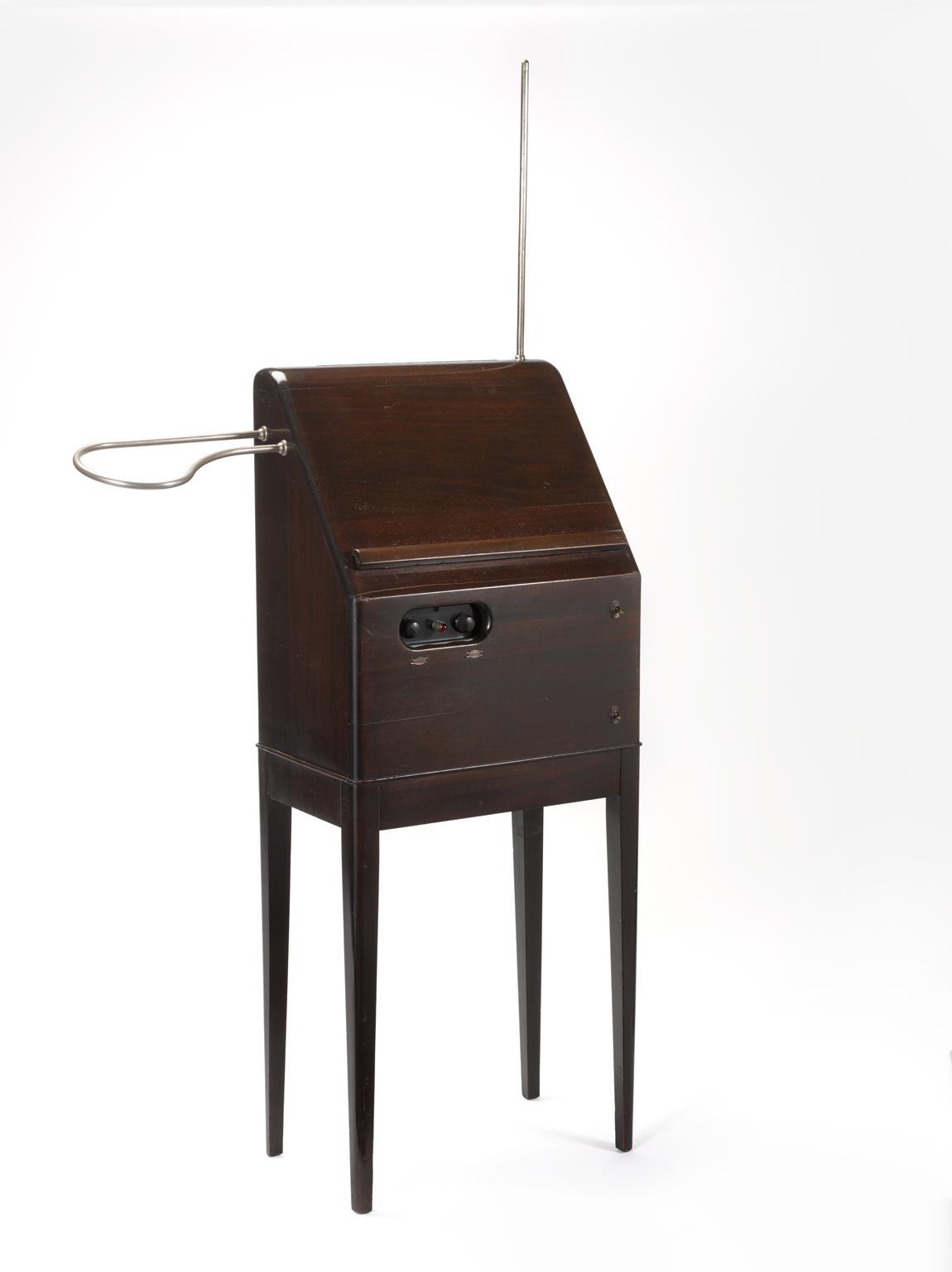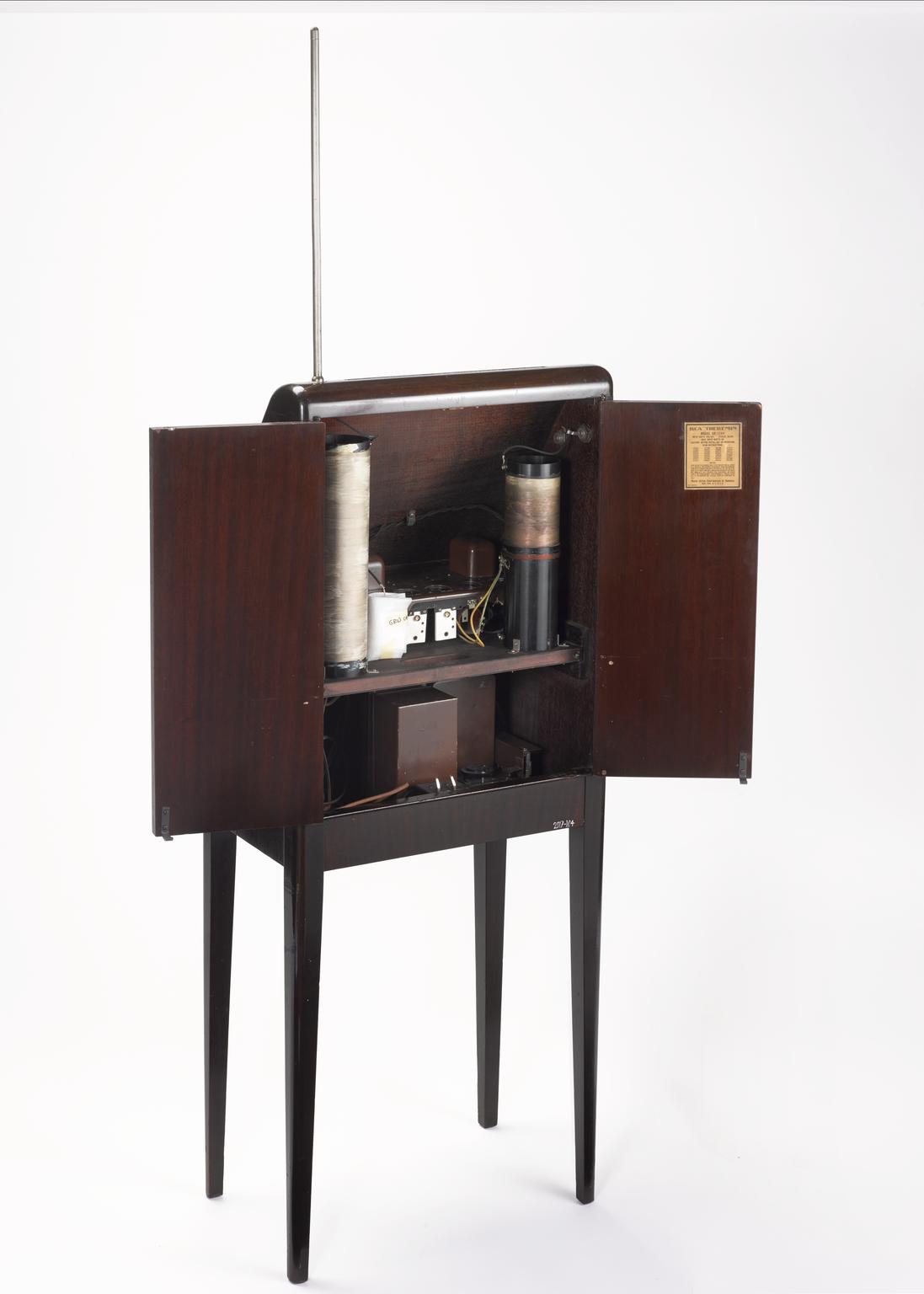During the Satanic panic of the 1980s, a new breed of witchfinder cast a dragnet through pop culture, scooping up songs, artists, and albums that were allegedly part of a demonic conspiracy to corrupt America’s youth. One song routinely appearing on such lists — “Hotel California” by the Eagles. Really? The Eagles? Biggest-selling rock band in the U.S.? Soft-rock superstars who paved the cocaine-colored way for even softer yacht rock superstars?
They were hardly Black Sabbath, but the band’s “Hotel California” was really about Anton LaVey’s Church of Satan, it was said (just listen to it backwards). Depending on your feelings about Satanism and/or the Eagles, “the truth proves far less satisfying than the myriad rumors that have sprung up,” writes David Mikkelson at Snopes. “The song is usually interpreted as an allegory about hedonism and greed in Southern California in the 1970s.” It turned out to be a self-fulfilling prophecy.
Hotel California, the album, rocketed the Eagles beyond “success on a frightening level” and into total burnout. By the time they made their last album of the 70s, The Long Run, they felt trapped in a celebrity hell, one that would have to freeze over before they reunited, as Don Henley remarked (hence the title of 1994’s Hell Freezes Over). For the Eagles, hell was the other people in the band, the constant touring, and the incredible amounts of money thrown their way, more curse than blessing, apparently.
Despite these internal tensions, the Eagles produced a perfect soundtrack for the 70s. “They reflected the emerging musical style of a 70s post-war America, and the first truly sexually liberated generation…. had no trouble identifying with a band that sang like angels and partied like devils,” writes Marc Eliot. “Hotel California” has been so closely identified with American culture that “when a US spy plane made an emergency landing in China in 2001,” Mark Savage notes at the BBC, “the crew members were asked to recite the lyrics to prove their nationality.”
In truth, “Hotel California” is neither written in praise of Satan nor America. Its working title was “Mexican Reggae,” a nod to the unusual strumming pattern, which “followed a pattern closer to flamenco than to rock,” Savage writes, “but played on the off-beat.” The forbidding landscape in the song’s lyrics, an “atmosphere of a man in an unfamiliar rural setting, unsure about what he’s witnessing,” came from the 1965 novel The Magus by English author John Fowles, a countercultural favorite, says Glen Frey: “We decided to create something strange, just to see if we could do it.”
There was, of course, more to the song — the standard interpretation of “Hotel California” as a critique of 1970s excesses has been affirmed by Don Henley and Frey, who wrote most of the lyrics. The song, Henley said in a 1995 interview, “sort of captured the zeitgeist of the time, which was a time of great excess in this country and in the music business in particular…. Lyrically, the song deals with traditional or classical themes of conflict: darkness and light, good and evil, youth and age, the spiritual versus the secular. I guess you could say it’s a song about loss of innocence” — a feeling, as Joe Walsh says in the interview clip above, that came out of the experience of arriving and trying to make it in L.A. “Nobody was from California,” Walsh says. “Everybody was from Ohio.”
“Hotel California” also “hides” a dig at Eagles rivals Steely Dan in the lyrics, “they stab it with their steely knives” and barely conceals Henley’s contempt for his ex-girlfriend, L.A. jewelry designer Loree Rodkin, as he later admitted: “There’s some of every girl I’ve ever been with in all my songs; they’re combinations of characters, like fiction. Some of the more derogatory parts of ‘Hotel California,’ however, are definitely about Loree Rodkin – ‘Her mind is Tiffany twisted, she got the Mercedes bends/She got a lot of pretty boys that she calls friends’ – that’s about her, and I wouldn’t be crowing if I were Ms. Rodkin. As far as I’m concerned, she’s the Norma Desmond of her generation.”
Henley’s most trenchant commentary on the song comes from the 2013 documentary History of the Eagles, in which he talks frankly about the band’s critical take on their success and the culture that produced and embraced “Hotel California”:
On just about every album we made, there was some kind of commentary on the music business, and on American culture in general. The hotel itself could be taken as a metaphor not only for the myth-making of Southern California, but for the myth-making that is the American Dream, because it is a fine line between the American Dream, and the American nightmare.
As for those baroque guitar arrangements? For that part of the story, we must turn to Don Felder, who composed the song — after Walsh joined the band to replace Bernie Leadon — in order to showcase the talents of two lead players. See Felder talk about his major contribution at the top and see him play the “Hotel California” solo at the Metropolitan Museum of Art in a clip from CBS’s Sunday Morning.
Just above, see an interview with Felder backstage at the Rock and Roll Hall of Fame, in which he discusses the role of improvisation in his process, and how his background in jazz led him to write the “Mexican reggae” that would eventually play on American radio every 11 minutes, their most refined statement of the “themes that run through all our work,” Henley says: “loss of innocence, the cost of naiveté, the perils of fame, of excess; exploration of the dark underbelly of the American dream, idealism realized and idealism thwarted, illusion versus reality, the difficulties of balancing loving relationships and work, trying to square the conflicting relationship between business and art; the corruption in politics, the fading away of the Sixties dream of ‘peace, love and understanding.’”
Related Content:
Josh Jones is a writer and musician based in Durham, NC. Follow him at @jdmagness



